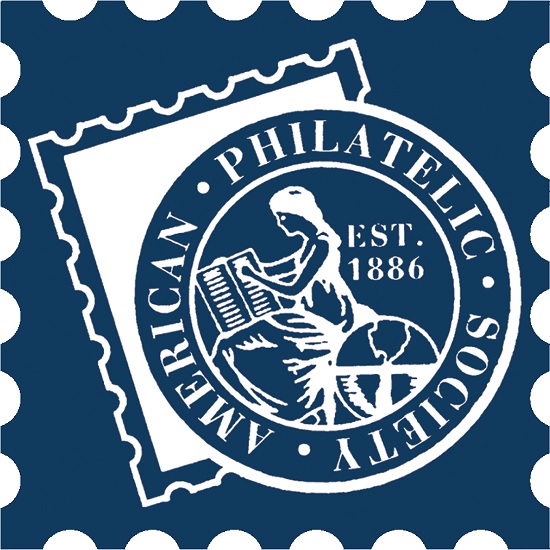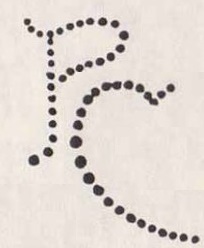Riverside Stamps

Return to Home Page or Altered and Faked stamps Index Page
|
The contents of
this website is copyright protected. Any suggestions for additions or changes are always welcome. |
Suspect Scott #669 Unused Single, Possible No Period Variety.
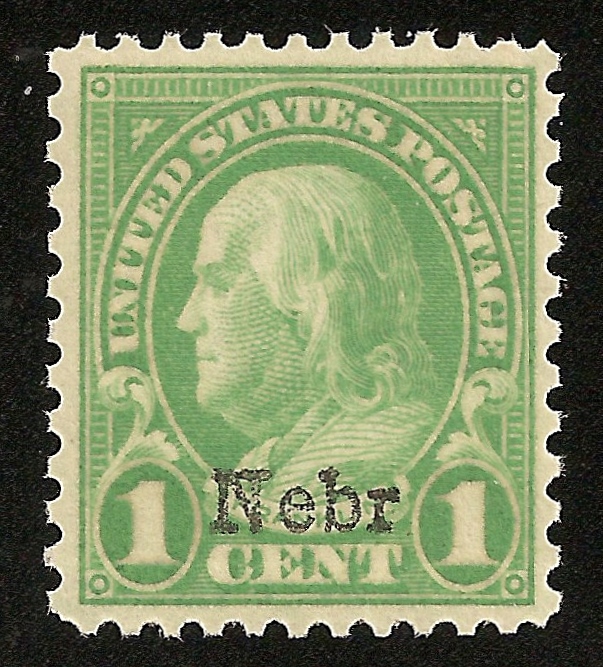
I bought this stamp on eBay recently for $7 not because the listing said it was a no period variety, it was that I could not see a period in the listing image. I knew that the no period variety came from position #26 and #36 of the upper right pane of plates #19338 and 19339 and would be fully perforated. I decided to buy the stamp on the very small chance that it truly was a no period variety because it would make a great story – You can still find surprises on eBay!.
I've been trying to formulate a systematic procedure for determining if a suspect overprinted stamp is genuine or not. I've determined that there are four areas to look at that at a minimum will determine if a suspect overprinted stamp is genuine or not whether it's used or unused. A problem with any of the following five steps would be grounds to say that a suspect overprinted stamp is a fake.
- Check the perforations: Genuine overprints were only applied to the perf 11X10 1/2 issues. You'd be surprised how many fakes I've seen on perf 11X11 or 10X10 stamps.
- Check the gum breakers: Without exception all genuine unused Nebr./Kans. overprints have gum breakers that are spaced 22mm (Type II) apart which means that there will only be one gum breaker on the back unless the breakers are at the very top and very bottom perforations of the stamp. Any suspect overprint stamp found with more than one gum breaker can be considered a fake.
- Check the suspect overprint against a known genuine overprint. The best way of doing this test is to use imaging software to overlay a slightly transparent image of the suspect overprint on top of the known genuine overprint. with this method the size, spacing and shape of the suspect overprint can be compared directly to the known good overprint.
- Check the back to see if the overprint comes through: Genuine overprints were applied using a surface printing method of electrotype which only leaves ink on the surface of the stamp. a fake done with a typewriter would depress the surface which would leave corresponding bumps on the back of the stamp.
- Check the color of the suspect against the color of a known genuine overprinted stamp: This would be a method of last resort since the color of the suspect may have been altered due to natural causes or the colors of the genuine stamps may not be exact. In most cases a fake will be found long before the need to check the color.
What is the perforation gauge of the two sides?
- The suspect gauges out to the correct 11 X 10 1/2.
If used are any gum breakers present?
- Yes, there is one gum which means the suspect has Type II gum breakers which are correct for the overprinted issues. The gum also shows faint signs of having the vertical gum ridges which would also correct for overprinted issues – see the image below.
Compare the suspect overprint with a known genuine overprint.
- The suspects overprint compares very well with a known genuine overprint. On a side note my current Nebr. overprint reference is a block of four that is certified genuine with the top pair being stretched in the vertical direction – nothing was said about the bottom pair of overprints. In my opinion the bottom pair of overprints is also slightly stretched in the vertical direction. The suspects overprint is the correct size, shape and font when compared to the bottom pair of reference overprints. Please note that there is a tiny white speck to the right of the suspects “r” that also lines up with the bottom of the references period – my hopes for a no period variety have just been dashed.
A closer look at the area where the period should be shows a number of tiny black specks but there is also no evidence that the area where the period should be has been altered by rubbing or scratching which would indicate that the period was intentionally removed.
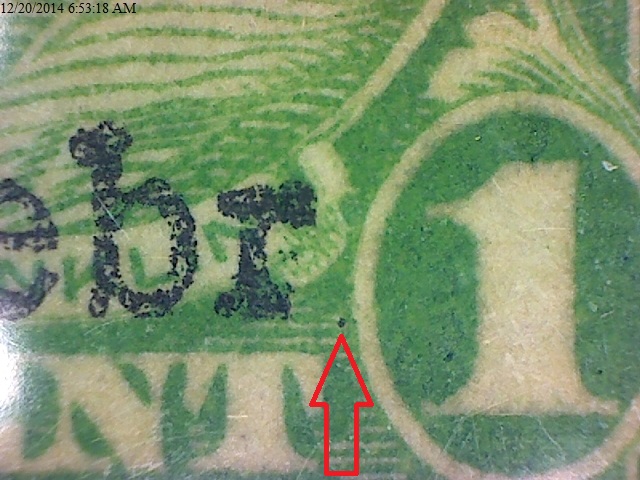
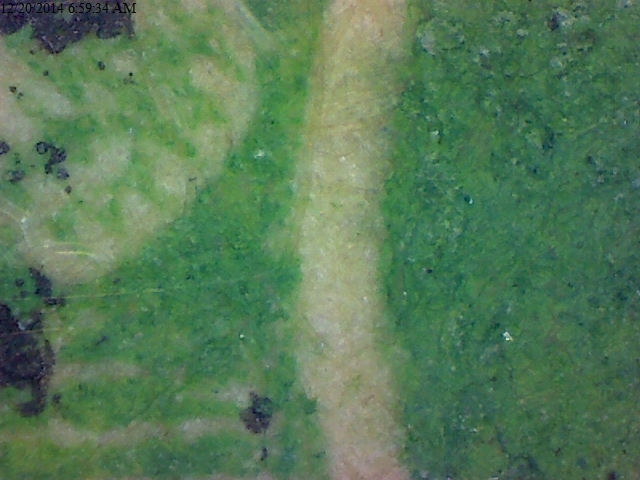
Conclusion: In my opinion the overprint is genuine and the lack of a period is the result of poor inking.
As always comments and suggestions are always welcome.
To Contact Riverside Stamps:
Email:
Mike Girard - Owner / Operator / Web Master:
g1rardmn1099@comcast.net
|
I am a member of the American Philatelic Society
|
I am a member of the United States Stamp Society 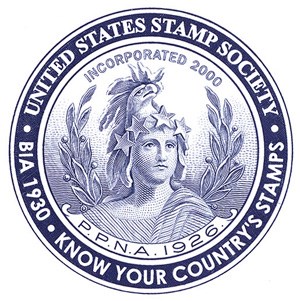 USSS #: 16733 Visit the United States Stamp Society Website at www.usstamps.org |
I am a member of the Perfins Club
|
